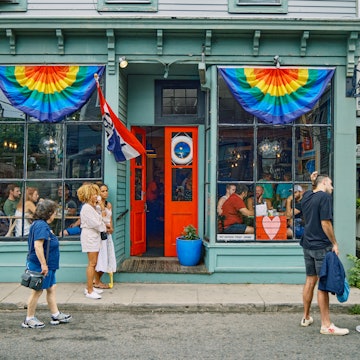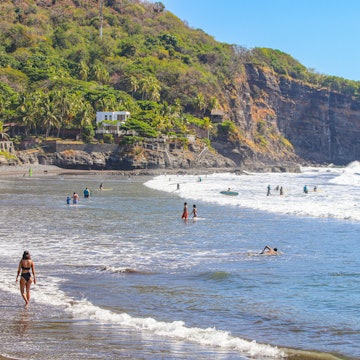

Conchero dancers in Guanajuato. NYCKellyWilliams/Shutterstock
Indigenous Mexico is a rich tapestry of cultures, traditions and histories that have shaped – and continue to shape – the country's identity. With approximately 28% of Mexicans (roughly 36 million people) identifying with a specific indigenous group, these vibrant communities contribute profoundly to the nation's culture, politics and social landscape.
Introduction to indigenous Mexico
Mexico is home to the largest indigenous population in the Americas. While the highest concentrations of indigenous people are found in southern and central Mexico, there are indigenous communities in each of Mexico’s 32 states, from the Tarahumara in the rugged Sierra Madres of Chihuahua to the Lacandon in the lush rainforests of Chiapas. Despite the increasing number of indigenous people moving to urban centers for work opportunities, many still live in their ancestral communities, practicing subsistence farming and maintaining traditional lifestyles that integrate their distinct customs and world views.

Major indigenous groups
Nahua
Approximately 2.5 million Nahua, direct descendants of the Aztecs, live in central Mexico. Their language, Nahuatl, is the source of numerous words used in Spanish, including elote (corn), aguacate (avocado) and cacao (cocoa).
Maya
Despite modern notions that the Maya disappeared with their ancient cities, they are still very much present, living mostly in the Yucatán Peninsula, Chiapas and Tabasco, as well as several Central American countries. In Mexico, they are 1.5 million strong, speaking several Maya languages and dialects.
Zapotec
Numbering 800,000 and living predominantly in Oaxaca, today’s Zapotecs are descendants of the same-named people who have lived in the region since 1500 BCE. Their language and dialects are widely heard throughout Oaxaca.
Mixtec
The 700,000 modern-day Mixtecs are the descendants of the people who dominated the region from 1000 to 1521 CE, when Spanish colonizers arrived. Living mostly in Guerrero, Puebla and Oaxaca, they are known today as skilled artisans, especially in metalwork, speaking various Mixtec dialects.
Linguistic diversity and preservation efforts
The diversity of Mexico’s indigenous communities is readily measured in language. Mexico officially recognizes 68 indigenous languages and more than 360 dialects, making it one of the world's most linguistically diverse countries. Historically, language has played a crucial role in preserving indigenous identity, carrying centuries of oral tradition, storytelling and generational knowledge. Several indigenous languages are at risk of extinction, however, as younger generations migrate to cities for work and increasingly speak Spanish over their native tongues. Even some dialects of Zapotec, the root language of one of Mexico’s largest indigenous groups, are considered critically endangered.
Efforts to preserve and protect indigenous languages in Mexico began in 2003 with the General Law of Linguistic Rights of Indigenous People, which recognized the rights of indigenous people to use and access services in their own languages. Though chronically underfunded, the initiative has gained momentum recently, with the launching of bilingual school programs in several states, indigenous language training for teachers and multilingual radio broadcasts, TV programs and podcasts.

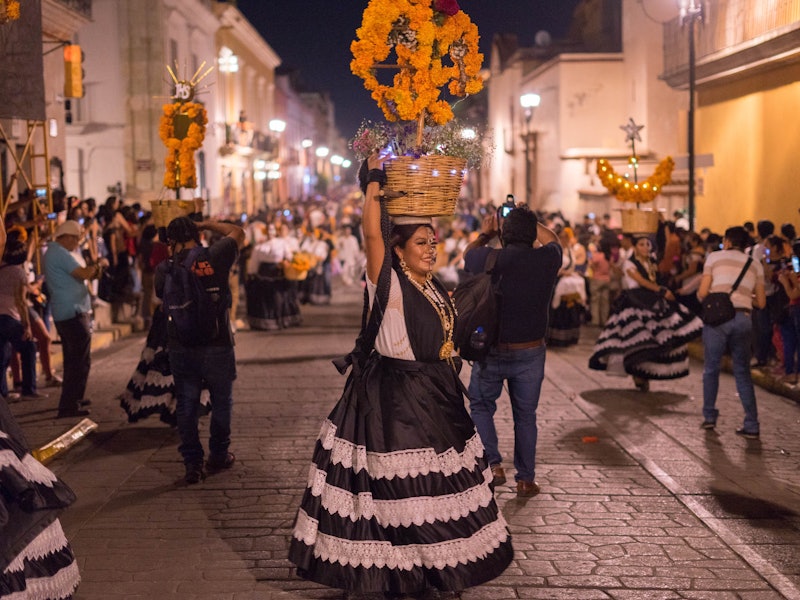
Indigenous art and festivals
Indigenous Mexicans are renowned for their folk art: handwoven textiles, pottery, beadwork, masks and more, all masterful expressions of identity and aesthetic taste. Though varying significantly across indigenous groups, most Mexican folk art is rooted in centuries-old techniques and incorporates symbols and patterns with deep cultural and spiritual meanings – it’s well known for its humor and irreverence too. Well-recognized examples include the alebrijes (fantastical zoomorphic creatures) of Oaxaca, huipiles (embroidered dresses) of Yucatán, intricate yarn art of Nayarit and ironwood sculptures of Sonora. Collectively, indigenous art is a vital part of Mexico’s cultural landscape and is seen everywhere from beach vendors to museum vitrines.
Likewise, indigenous festivals such as Día de Muertos (Day of the Dead), an annual return and welcoming of loved ones’ spirits, and ceremonies such as Voladores de Papantla, a ritual related to rain and fertility, are not only essential to indigenous identity but have become a part of Mexico’s national heritage. Indigenous traditions like these have been adopted (and adapted) into the larger society. Throughout the country, communities set aside certain days for citywide fests and ceremonies that are derived from indigenous customs and shaped into performances in church yards and central plazas.

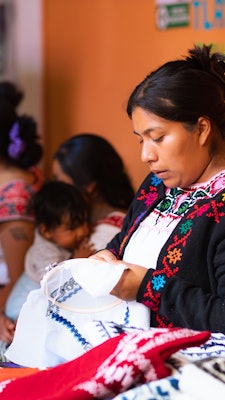
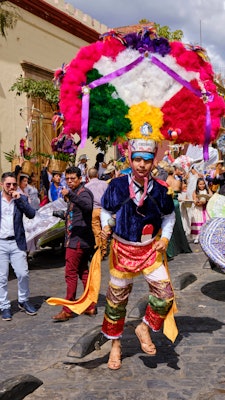

Challenges facing Indigenous communities
Poverty in Mexico's indigenous communities remains a critical problem: approximately 70% of indigenous people live in poverty, far exceeding national averages. These disparities stem directly from Spanish subjugation and enslavement of indigenous people in the colonial era, and the systemic inequalities – in wealth, education, autonomy, land rights and more – that have persisted ever since. Five hundred years after colonization, indigenous Mexicans are still relegated to the margins of society, with limited upward mobility or political representation and inadequate access to public services, health care and infrastructure.
Among the many limited services, access to quality education poses an especially significant challenge. On top of the linguistic barriers faced by many indigenous children, local schools are often underfunded and understaffed, leading to high dropout rates and low educational attainment. On average, indigenous Mexicans receive only six years of schooling. Consequently, their job prospects are restricted, perpetuating cycles of poverty.
Indigenous activism and rights
Indigenous people in Mexico have long struggled for political representation and recognition. Despite special protections granted to indigenous communities in the Mexican constitution, disputes over land and natural resources are common. As in many other countries, Mexico’s indigenous territories – and way of life – are often threatened by mining, logging and large-scale infrastructure projects, from the construction of hydroelectric dams to railway routes such as the Tren Maya.
The Zapatista Army of National Liberation, which emerged in Chiapas in 1994, brought international attention to the plight of Mexico’s indigenous communities and their demands for land rights, autonomy and social justice. Since then, indigenous activism has only grown. Indigenous leaders and organizations continue to advocate for land rights, environmental protection and cultural preservation. They have had some success, including the establishment of autonomous indigenous zones, ecotourism projects and conservation initiatives in Chiapas and Oaxaca. Nevertheless, significant challenges remain to the protection of indigenous rights around the country.











